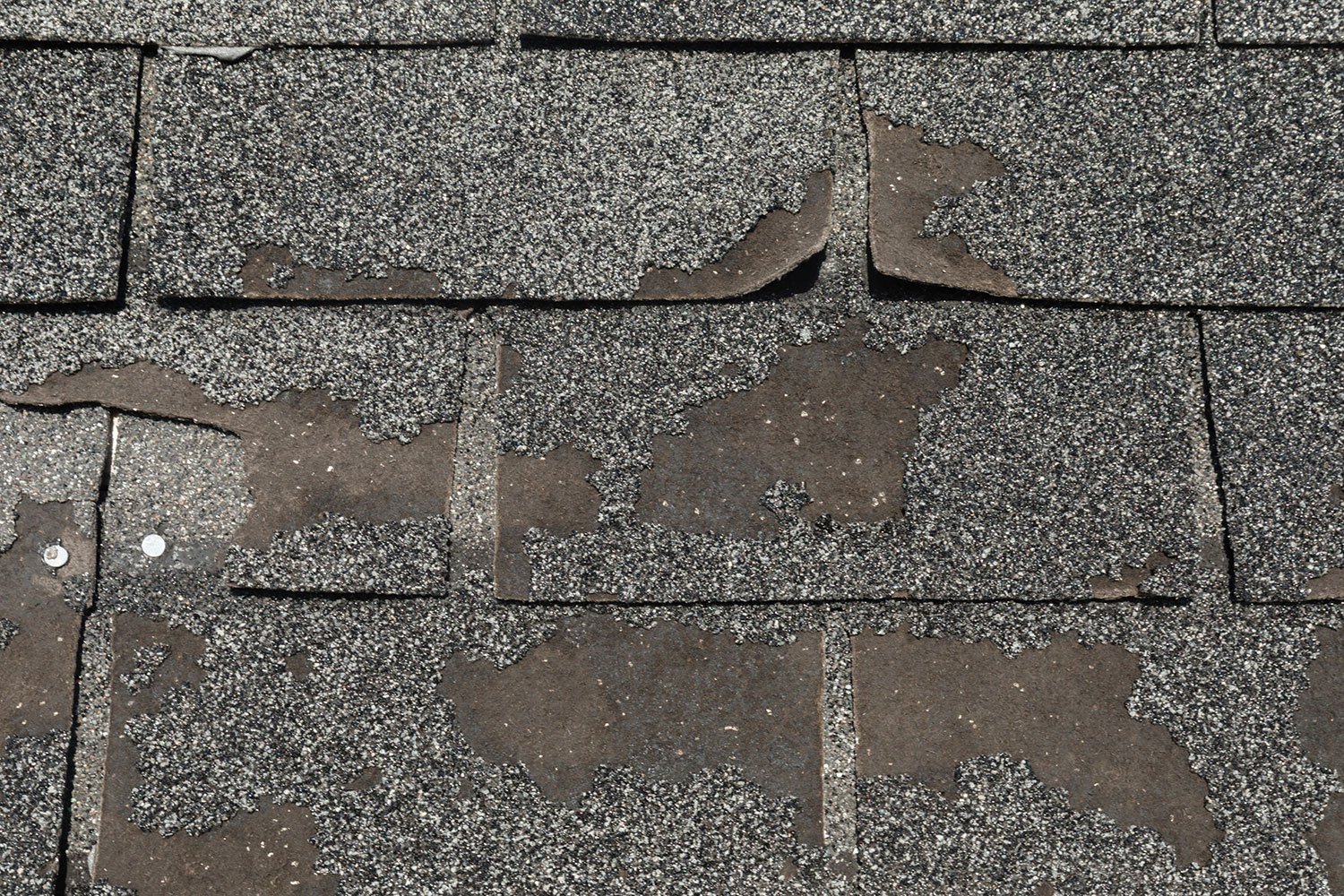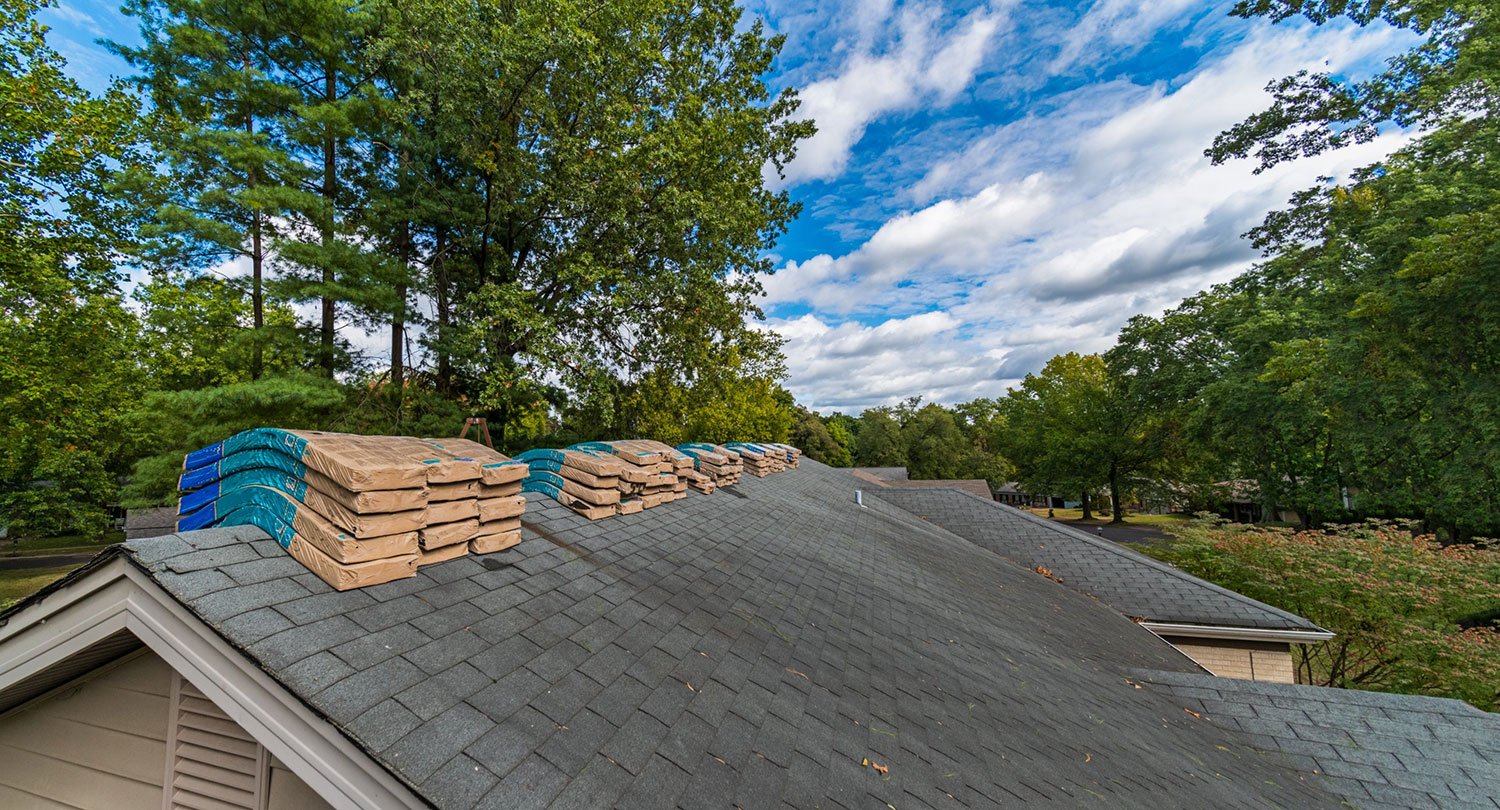Hailstorms are beautiful but dangerous. The sound of thunder, the sight of lightning, and high winds blowing trees about can be awe-inspiring, but they can also cause some serious damage to your home. If you live in an area prone to hail storms (and even if you don't), it's important to know how to prepare your roof for a hailstorm or during severe weather conditions.
After the Hail Storm
The first step is to check your roof for any storm damage. Look for missing or damaged shingles, or if you still have a proper drainage system. These can all be potential entry points for hail and other debris. If you find any damage, make sure to repair it before the storm hits.
Also, this will give you a better idea of what damages the hailstorm caused. Look for Damage After the Storm Check for hail damage on your roof: If you notice any damage to your roof after a hail storm, report it to your insurance company as soon as possible, as you should have hail damage inspected right away.
Typical Homeowner's Insurance Policy Does Not Cover Roof Damage from Hail
Most homeowner's insurance policies will not cover roof damage caused by hail, as it is considered to be a "maintenance issue". This means that it is up to the homeowner to keep their roof in good condition and to repair any damage that occurs. Many roofing companies offer roof warranties that will cover hail damage
Insurance Covers
Make sure your insurance agent knows you have a roof that needs to be protected in the event of a hailstorm, as most home insurance policies will cover hail damage.
Prevention Is Key; it is the first line of defense to protect your home. The best way to protect your roof (and your home) from hailstorm damage is to prevent it from happening in the first place. Hence roof inspection is very necessary.
Roof Inspection
The first thing you should do after hail storms is walk around your house and look for damage. Put simply, the first line of action is to inspect your roof, especially for small dents. Look specifically for loose shingles, broken flashing or vents, damaged drains, and any other signs of a damaged roof. If there's already been hail or wind damage to your home or property then it's likely that your roof has been compromised as well.
You may want to call in an expert before proceeding with repairs if you don't feel comfortable doing it yourself. Remove waste once you've made sure your home is safe, it's time to remove any loose or damaged materials from your roof. You can use a ladder and rake to clear away any loose shingles or waste from the surface of your roof. If there are any holes, consider covering them with tarps until they can be properly repaired.

Remove Debris from Your Roof and Gutters
Next, you'll want to clear any obstacles from your roof. This includes things like overhanging branches or loose debris. Anything that could be picked up by strong winds and hurled into your roof should be removed before the storm hits.
- Use a ladder and broom to clean your roof. If you have a large amount of waste on your roof and are concerned about the danger it presents, call a professional for assistance.
- Once you've cleaned it up, make sure to dispose of it properly. You can put small pieces in trash bags or recycle containers, but do not throw them into the street or down drains—a good rule of thumb is that if something can fit through a toilet paper tube, it probably shouldn't go in there!
Trim Branches near Your Roof
- Trim branches that overhang your roof. Remove any branches that are within 10 feet of the edge of your roof, and trim any leaves or other vegetation that could block gutters.
- Trim branches that are within 8 feet of your roof. Remove any branches that are within 8 feet of the edge of your roof, and trim any leaves or other vegetation that could block gutters.
- Trim shrubs that are within 6 feet of your roof. Remove any branches that are within 6 feet of the edge of your roof, and trim any leaves or other vegetation that could block gutters.
- Trim branches that are within 4 feet of your roof. Remove all low-hanging wires and tree limbs at least 4 feet away from where they intersect with power lines (if you don't know what these look like, ask a power company employee to show them to you).
Check Your Roof Vents or Skylights for Damage
- Inspect the vents or skylights on your roof to ensure they're intact.
- Check for damage to the vents or skylights, including missing or damaged screens, broken seals, missing or damaged flashing, and missing or damaged insulation.
- Examine vent covers for any signs of damage. If a vent cover is missing or damaged and cannot be replaced immediately, cover it with plywood until you can obtain a replacement.
Clear the Debris in Your Gutters
Clearing the debris from your gutter is a critical step in the preparation process, as even a small amount of debris can cause damage to a roof. In order to reduce the risk of hail damage, it's important to keep your gutter clear at least once per year.
How do you know if your gutters need cleaning? Look for any leaves or other debris, or even organic matter that may have collected there and remove them by hand or with a telescoping drain snake (a long pole with a wire brush attached at one end). You can also use an electric leaf blower or vacuum cleaner attachment if you have one available. If any large pieces of pine needles are present in the gutter, remove those as well; they could stick up into the rainwater flow and create blockages.

Check for Cracked or Missing Shingles
Check for cracked or missing shingles. This is one of the most obvious signs that your roof could be damaged by a hailstorm. If you see any cracked, torn, or otherwise damaged shingles, it's likely time to replace them before they fall off in a storm and damage something else.
Check for missing or damaged shingles.
Damaged or missing tiles can cause leaks that compromise the integrity of your roof and lead to catastrophic results if left unchecked during a storm—like water pouring into your home through holes in your ceiling!
If you notice any of these issues while inspecting your home's exterior, it's worth having them repaired right away so they don't become a problem later on down the line when there are no longer any other options available besides replacement costs (which can get pretty expensive).
Secondary water barrier
It is necessary that roofing systems have a secondary water barrier (SWR) to prevent roof leaks. The SWR is a layer of material installed over the roof deck and under the shingles. It is usually made of asphalt-saturated felt paper, but it can also be made of rubber, plastic, or metal.
The SWR provides the roof deck with adequate moisture protection
Check for Damaged Pipes or Gutters
- Check for damaged pipes or gutters. The first thing you should do is check the roof for any damage, especially in areas where there's a lot of water flow. Do this even if you don’t have a leak, as a small crack could turn into a big one when it rains again.
- Check for damage to downspouts, skylights, and chimneys. These are also good places to look for leaks before anything else happens during an upcoming storm.
- Look at your windows carefully; if you notice any curling or cracking it may be time for new ones anyway!
Hail Damage
During storm season, it is necessary to carry out frequent roof inspections on your roofing system. The most common type of roof damage caused by hail is granule loss.
This can be identified by looking for bald spots on your shingles. If you notice any, it’s important to call a roofing contractor to come and take a look as soon as possible.
Hail Season
Hailstorm season generally lasts from April to September. It is advisable to have your roof inspected by a roofing contractor at the beginning and end of this period, as well as after any large storms.
This will help you identify any potential problems so they can be fixed before they cause extensive damage to your roof or home.

Roof Repairs
Repair roof damage or consider roof replacement if the roof is old. If your roof is more than 20 years old, it might be time to replace it before a hailstorm hits. This is because hail damage can accelerate the aging process of a roof and lead to leaks and other problems down the line.
Conclusion
If you follow these steps, you’ll be better prepared to handle the next hailstorm. roof damage can be costly, so it’s important to take the necessary precautions to avoid it. Be sure to inspect your home's roof regularly and repair any damage as soon as possible to keep your home in tip-top shape!
If you need an inspection after a hail storm or for any other reason, get in touch! We are ready to help.

COMMENTS